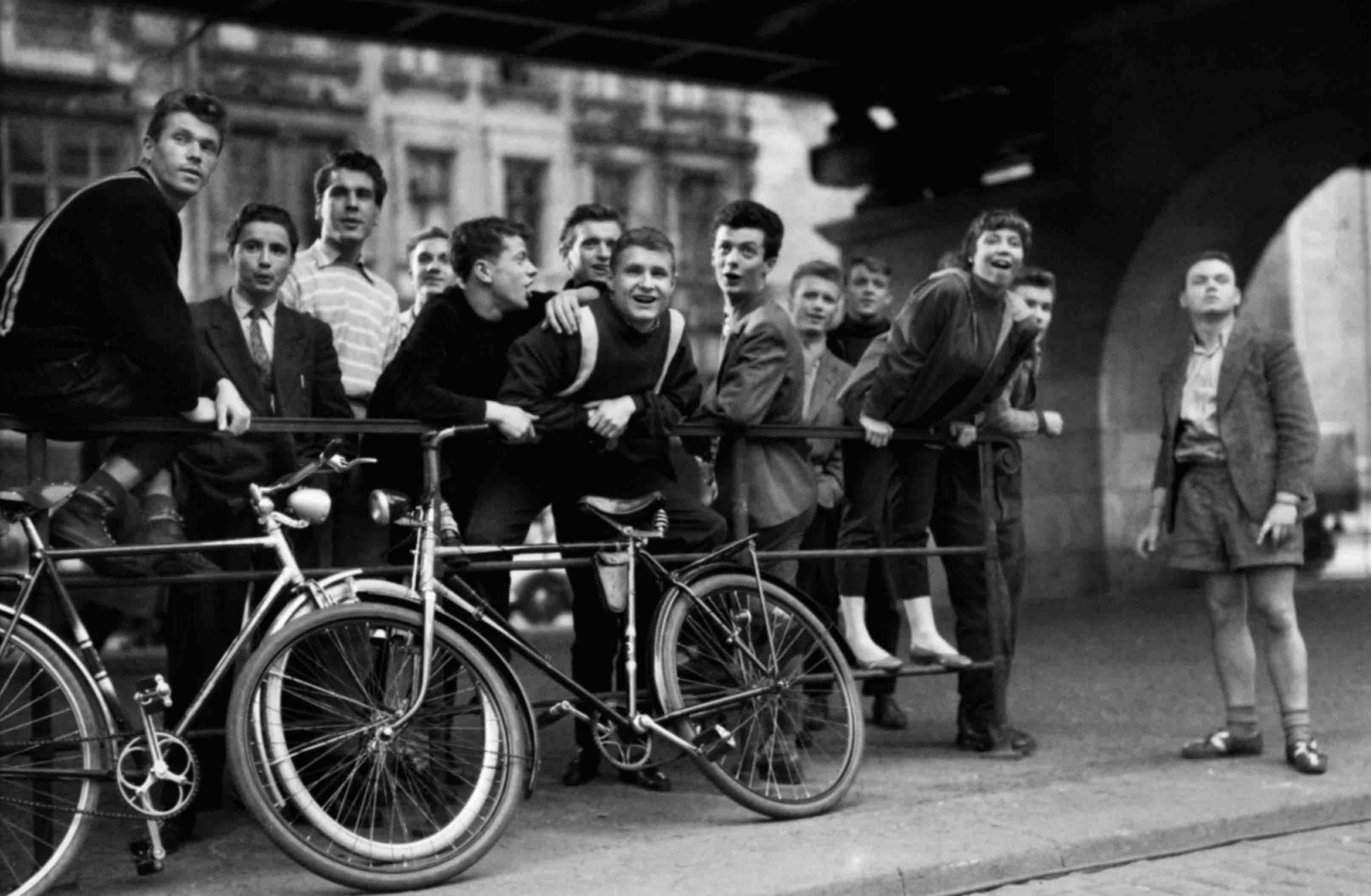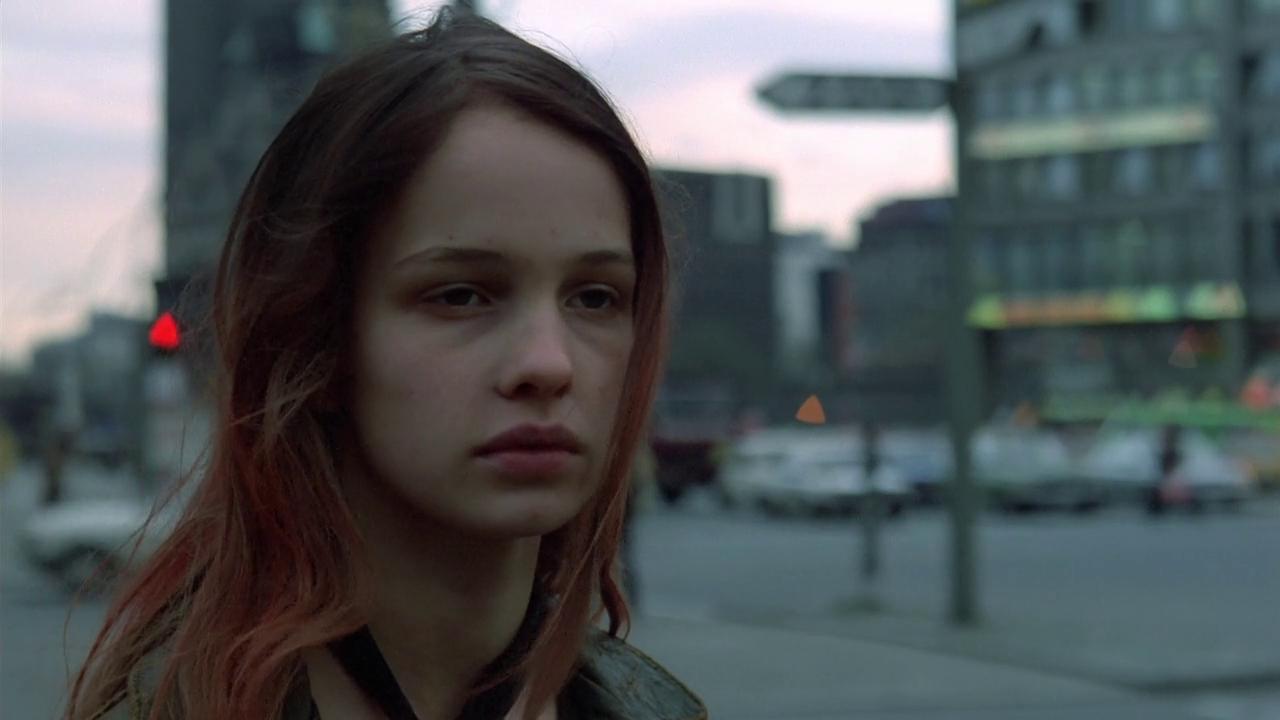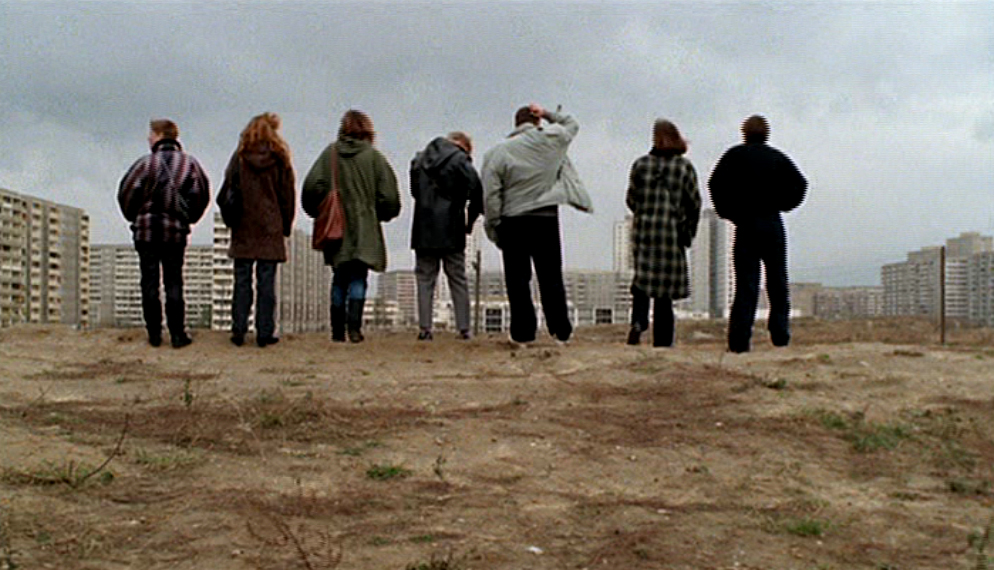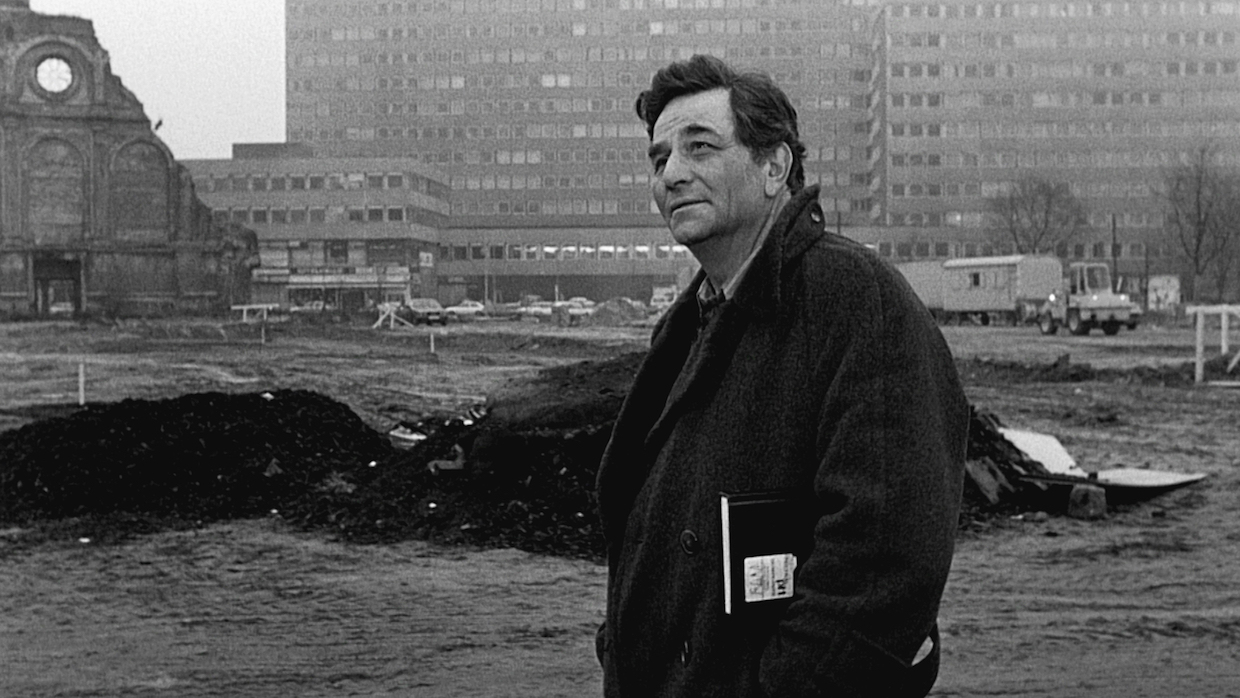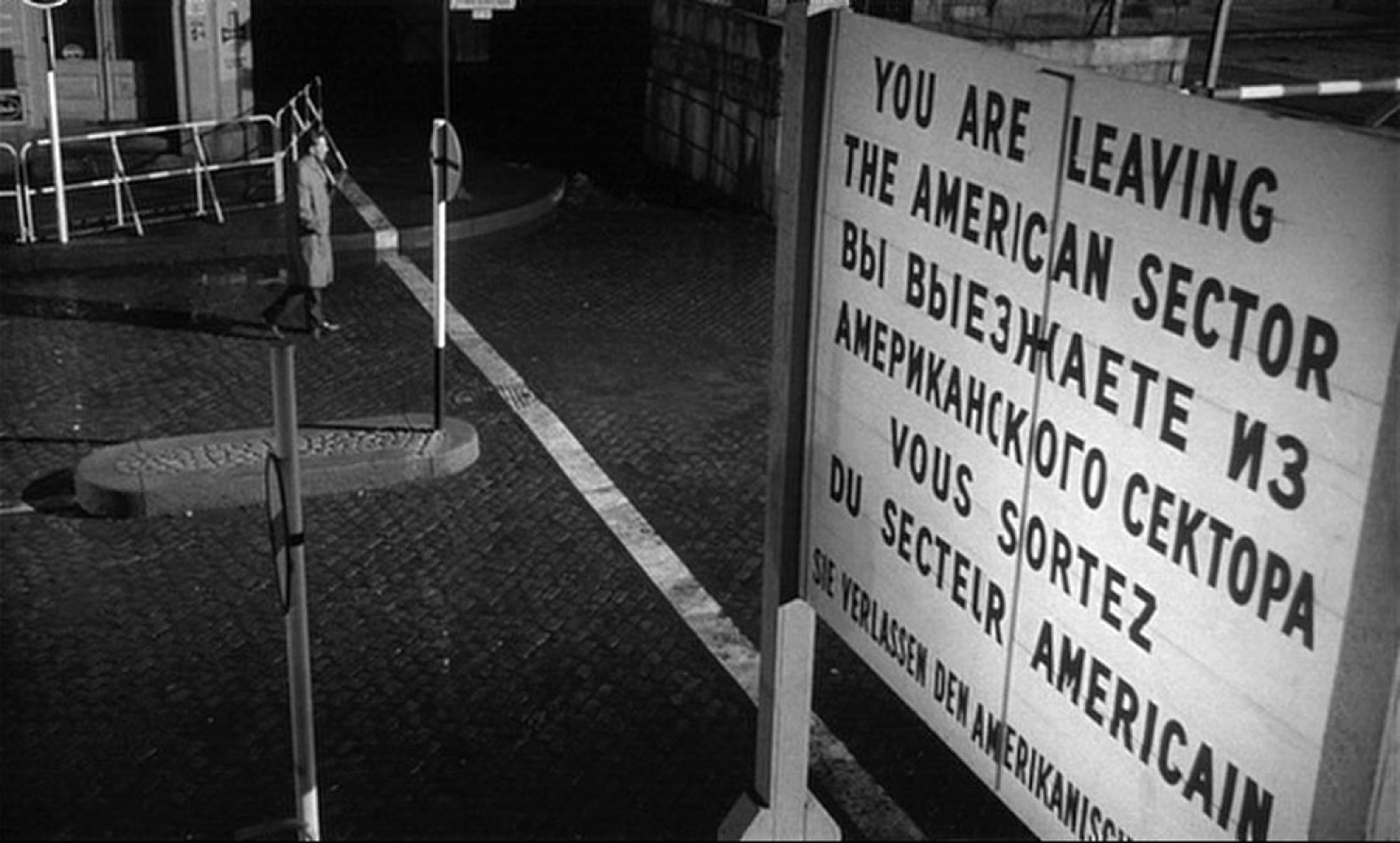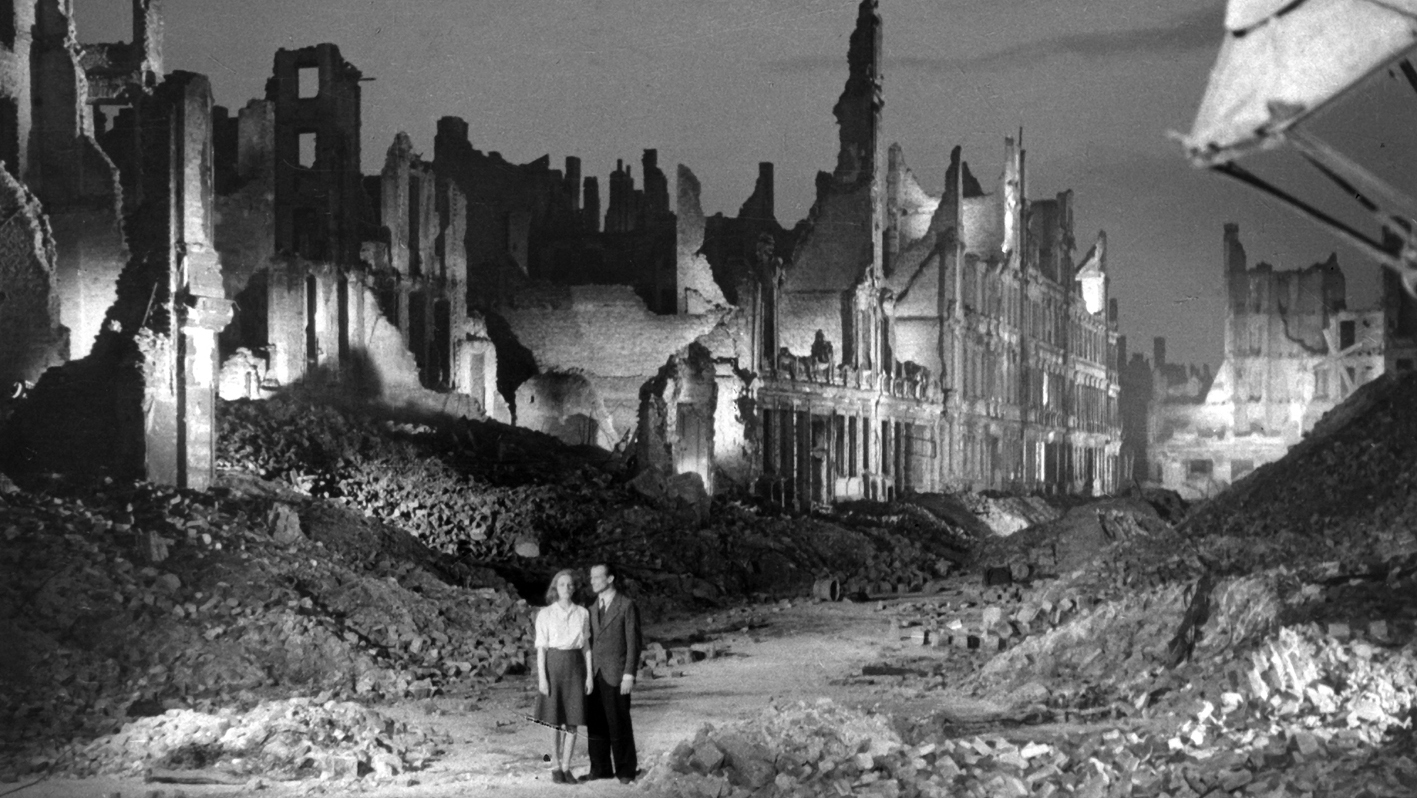Selected Topics in Architectural History and Theory: Berlin, A City in Film
ARC3321H S
Instructor: Peter Sealy
Meeting Section: L0101
Wednesday, 6:00pm - 9:00pm
Berlin has long provided a fascinating locus for architectural history, in all of its political, material, social, and formal dimensions. Nowhere are the spatial conflicts latent within this paradigmatic Großstadt (metropolis) more evident than in the rich variety of films set in Berlin. Once divided and now reunified, the city and its buildings are the main character in films ranging from the darkness of Fritz Lang’s M (1931), to the insouciant dystopia of Christiane F. (Uli Edel, 1981) and the poignant spirituality of Wim Wenders’ Wings of Desire (1987). From the mietkasernen and the plattenbau, via the totemic ruin of the Kaiser Wilhelm Memorial Church and the expansive view from the Europa-Center, to the broad expanses of the Karl-Marx-Allee and the tragic wound of the Wall, an “analogous” Berlin (to borrow Aldo Rossi’s phrase) unfolds itself through cinema. It is not the city itself which appears on screen, but rather a multitudinous set of representations that constitute its image, no less real than the actual Berlin.
This seminar will investigate two separate questions: what do films reveal about Germany’s once divided and now reunified capital, and how do the representational tropes of Berlin’s architecture structure the fictional worlds of the cinema? These will be answered through critical analysis of films, challenging readings from works of architectural, urban, and film history, and informed inclass discussions.
Each week’s meeting will begin with an hour-long lecture, often featuring student presentations, followed by a public film screening. In addition to those mentioned above, films to be shown include Germany, Year Zero (Roberto Rosselini, 1948), Berlin--Schönhauser Corner (Gerhard Klein and Wolfgang Kohlhaase, 1957), The Spy Who Came in from the Cold (Martin Ritt, 1965), Die Architekten (Peter Kahane, 1990), The Lives of Others (Florian Henckel von Donnersmarck, 2006), and When We Leave (Feo Aladag, 2010).
Seminar participants will complete three major assignments:
1) A group presentation of a series of film clips, using film form and content to comment upon Berlin’s architectural history;
2) The construction of a fragment or maquette to translate the spatial affect of a film into a physical object. These fragments will be joined together to produce “our” Berlin.
3) The writing of a short research paper on a relevant historical topic.
As well, students will submit weekly captioned images in response to the assigned readings and screened films.
*** Please note that an optional field trip to Montréal to visit the Canadian Centre for Architecture will be scheduled. During this trip, students will consult items from the CCA Collection including photomontages by Mies van der Rohe, drawings by Aldo Rossi and Alvaro Siza, and photographs by John Gossage. ***
Images: 1. Berlin--Schönhauser Corner (1957); 2. Christiane F (1981); 3. The Architects (1990); 4. Wings of Desire (1987); 5. The Spy Who Came In From the Cold (1965), 6. The Murderers are Among Us (1946).
Video: Christiane F (1981)


